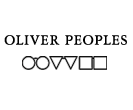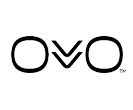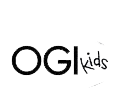Bettner Vision offers a full optical experience supported by a large boutique and an on-site optical lab for accuracy and consistent quality, helping you get your glasses faster.
The Bettner Vision Optical Boutique

Eyeglasses in Colorado Springs
Bettner Vision offers a wide selection of frames for children and adults. The collection reflects a range of styles suitable for daily use, work, school, and general lifestyle needs. Our optical team assists patients in selecting frames that provide a comfortable fit while supporting their vision needs.
Because lenses are edged in our on-site lab, patients benefit from a streamlined process and consistent handling of their prescription from exam to final eyewear.
Designer Eyeglasses at Our Boutique























Types of Glasses Lenses We Stock
Bettner Vision offers guidance on common lens types, including:
- Single-vision lenses—for distance or near tasks
- Progressive lenses—for seamless distance, intermediate, and near vision
- Task-specific lenses—for computer work or other focused visual demands
- High-index lenses—thinner, lighter options for higher prescriptions
- Photochromic lenses—lenses that adjust to outdoor light conditions
- Anti-fatigue lenses—designed to support comfort during sustained near work
We also review material and coating choices to help ensure your lenses provide appropriate clarity and durability for routine wear.
Rec Specs & Sports Eyewear
We carry Rec Specs and additional sports eyewear designed for active children and adults. These frames are built with materials suitable for athletic use and are selected to provide secure wear during sports and recreation. Patients who need eyewear for impact protection or higher levels of physical activity can explore dedicated sports frame options within the boutique.

Optical Support & Follow-Up is Part of Your Care Plan
Bettner Vision carries Rec Specs and additional sports eyewear designed for active children and adults. These frames are built with materials suited for impact protection and are selected to provide secure wear during practices, games, and recreational activities.
Families with active lifestyles can explore options suited to their sport. Whether for improved durability, additional eye protection, or consistent comfort during high levels of activity.
